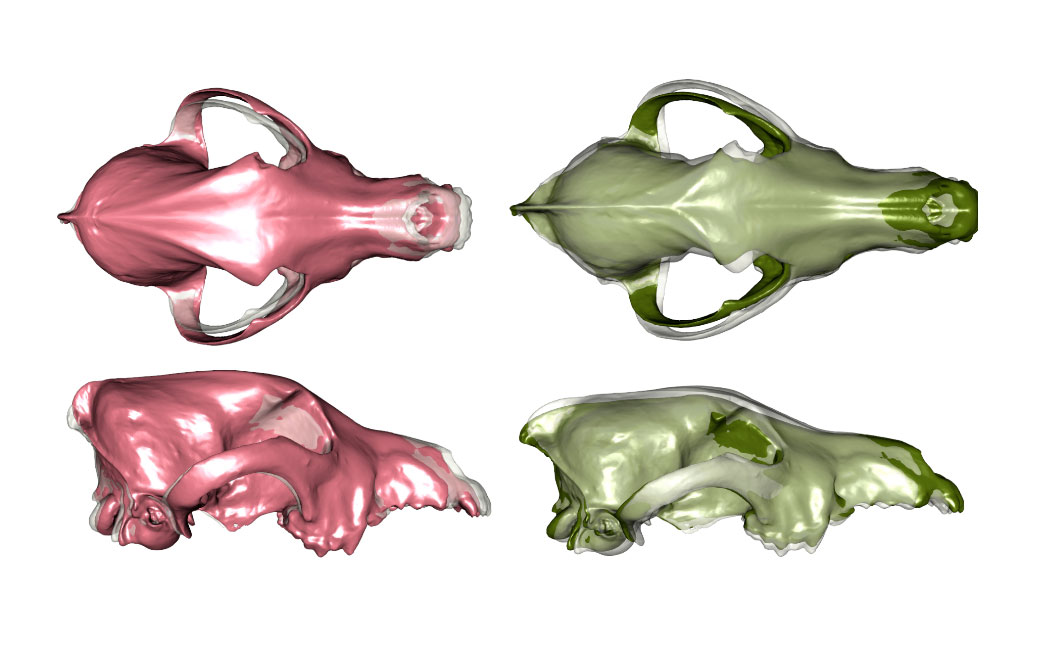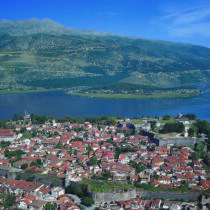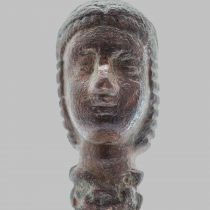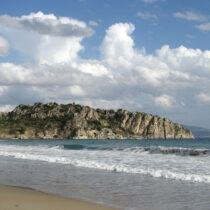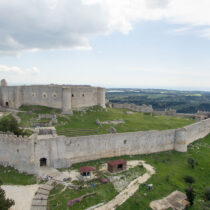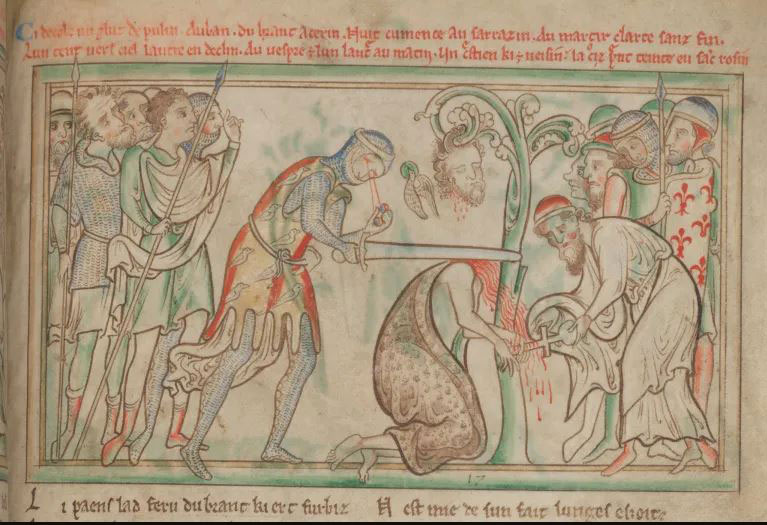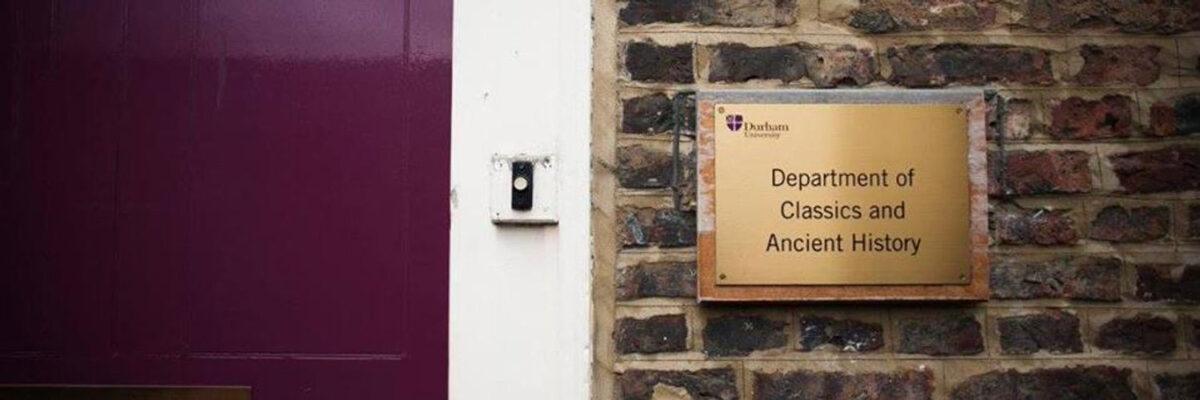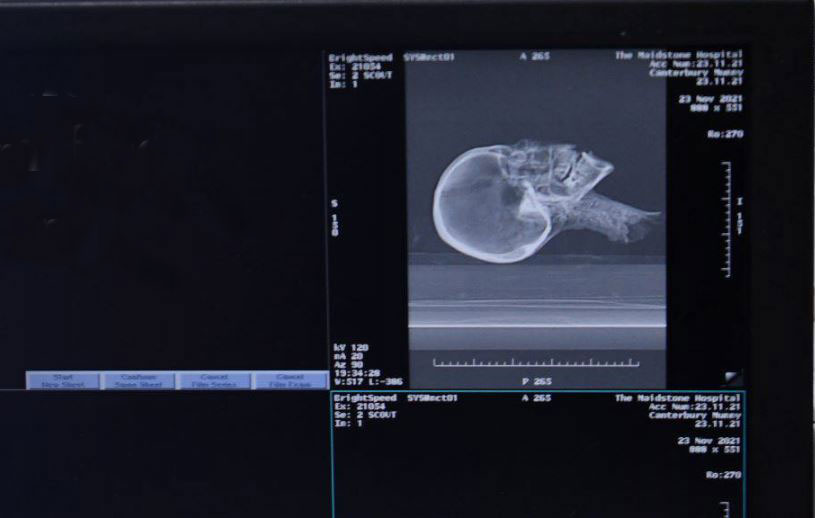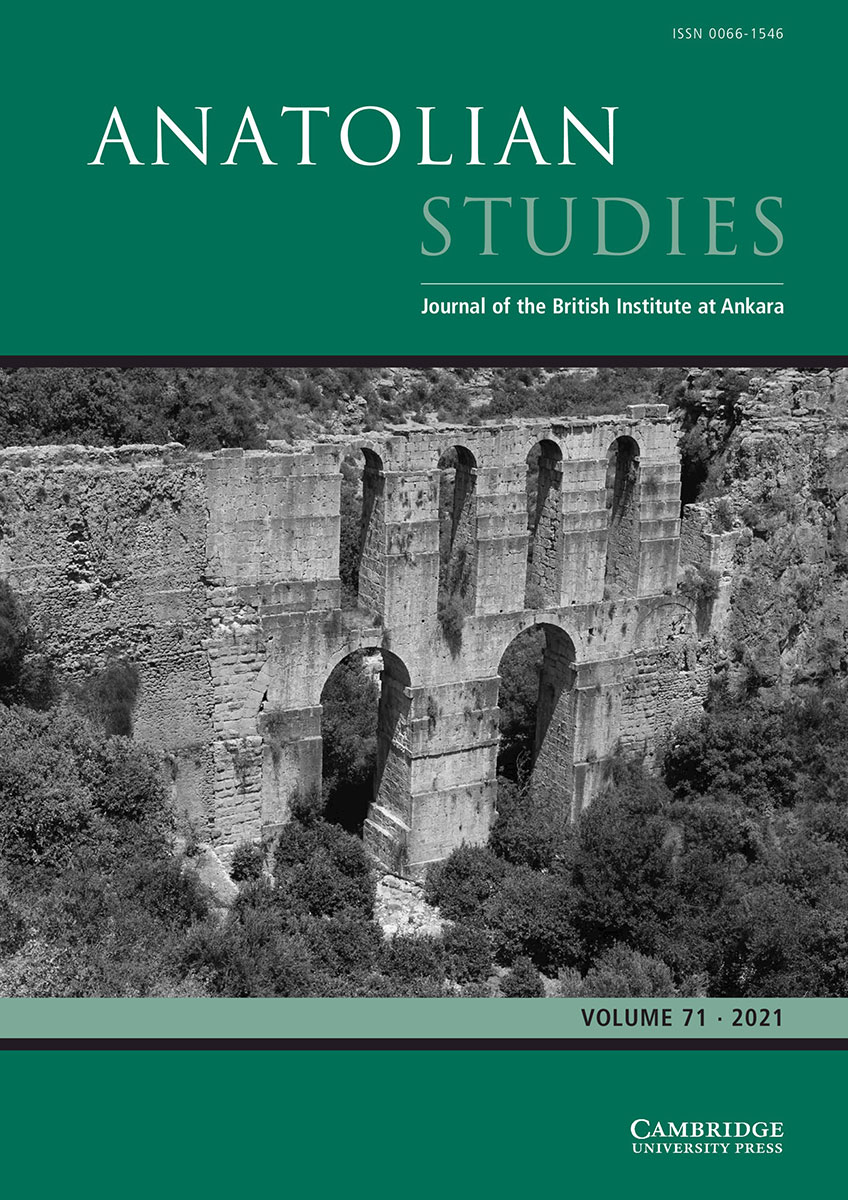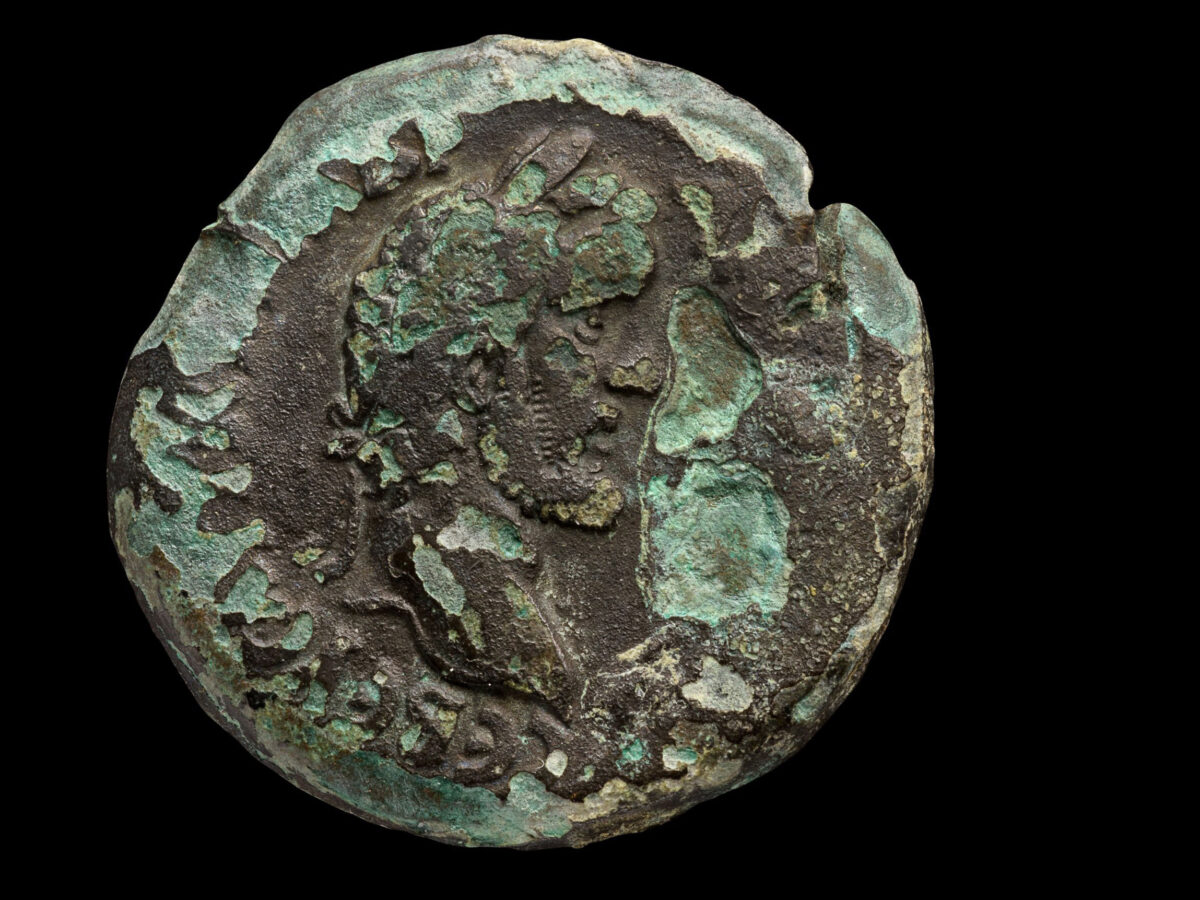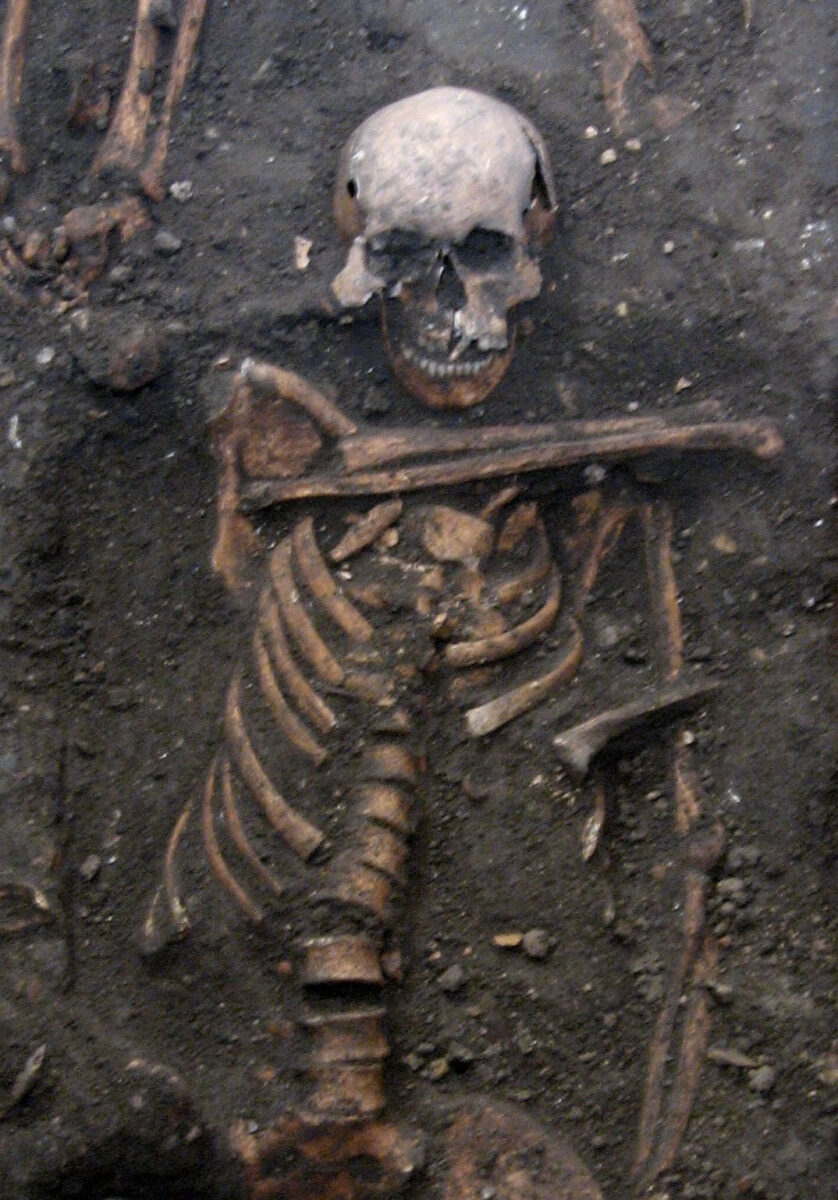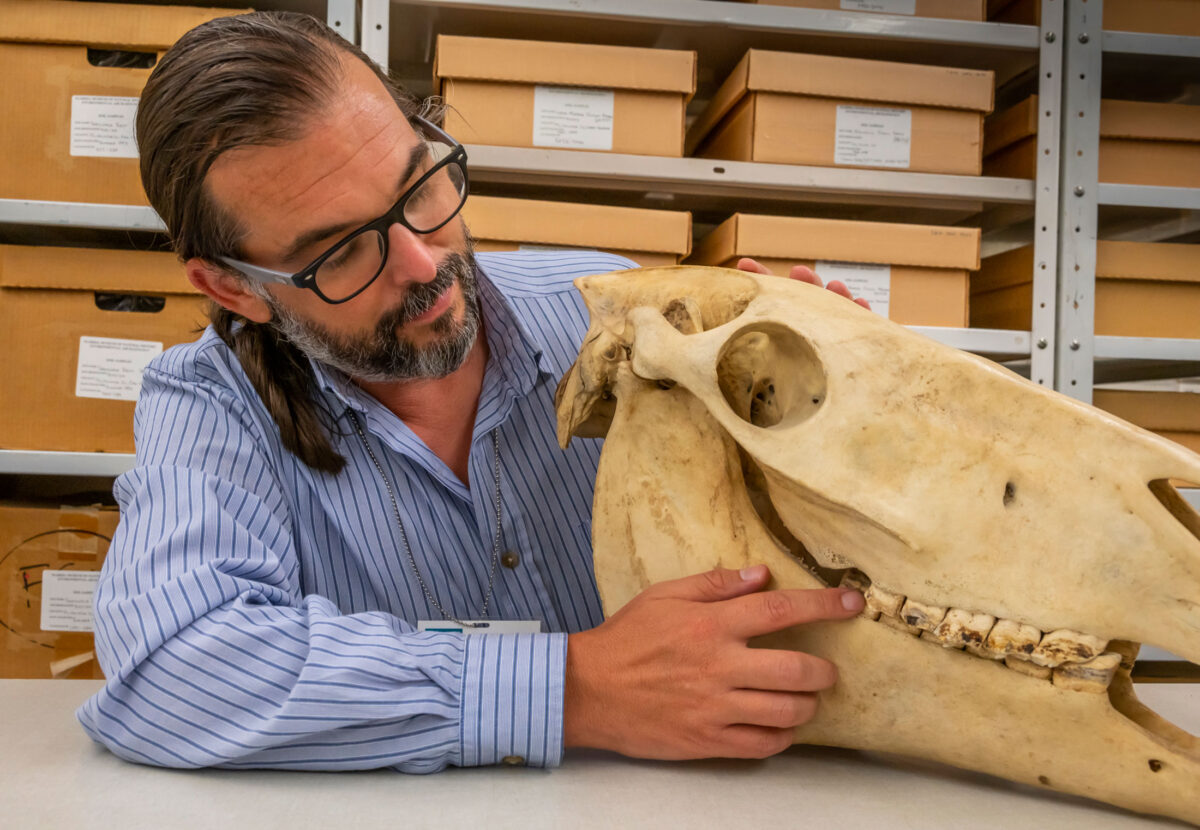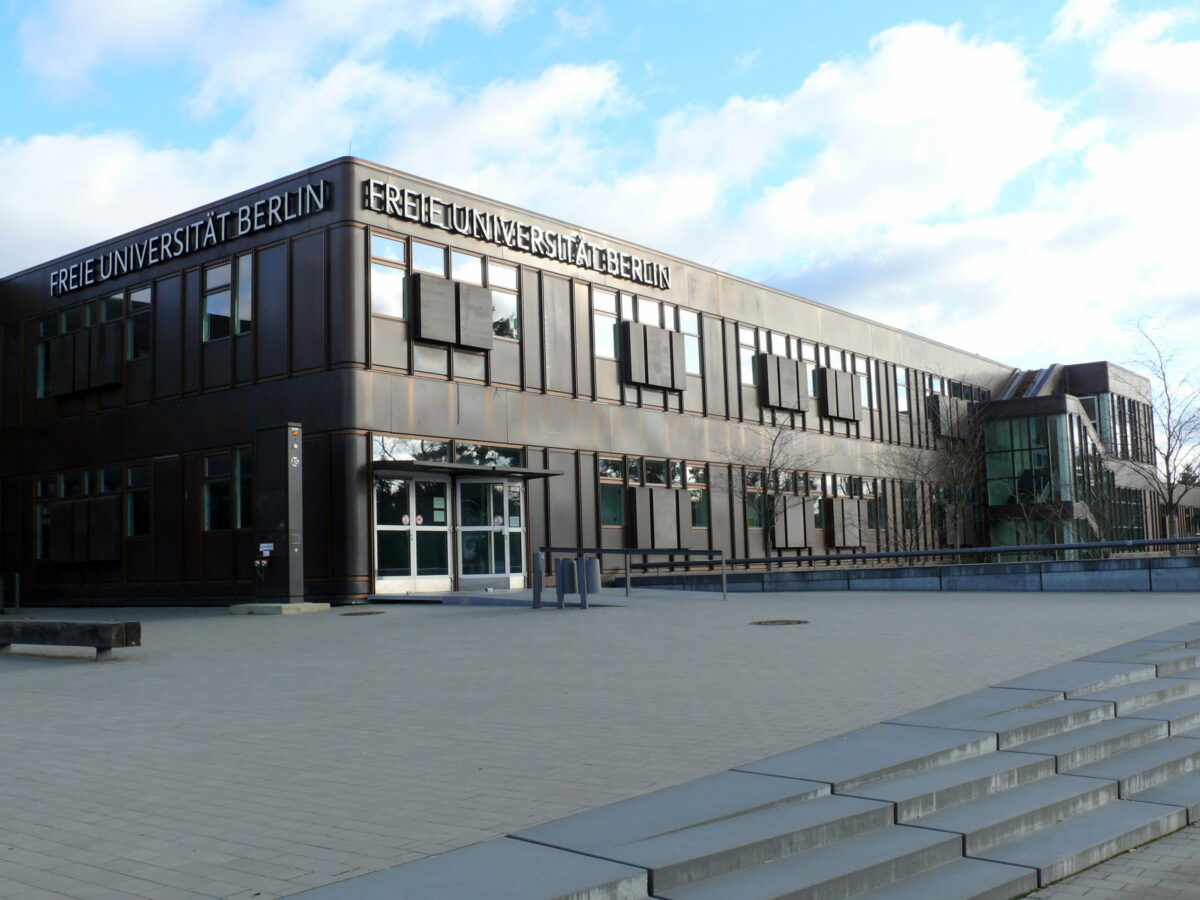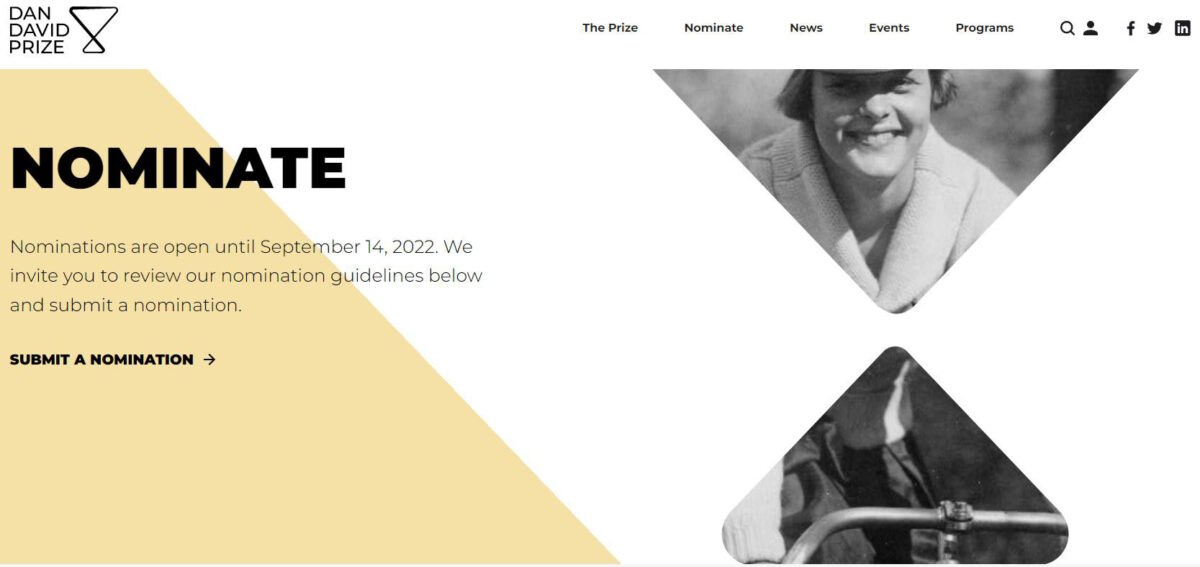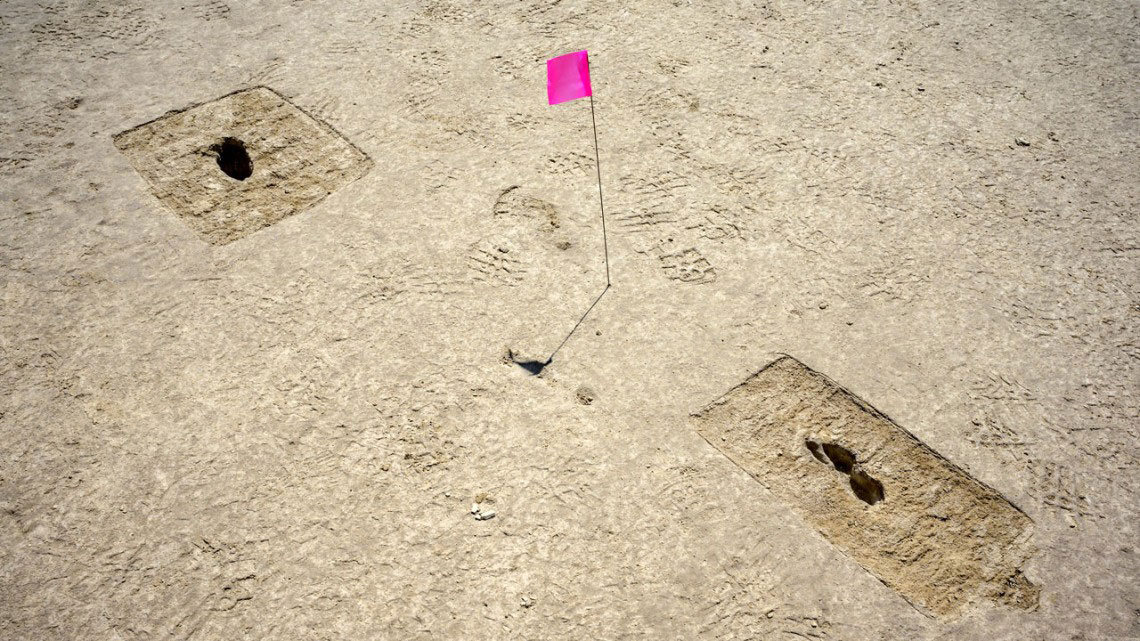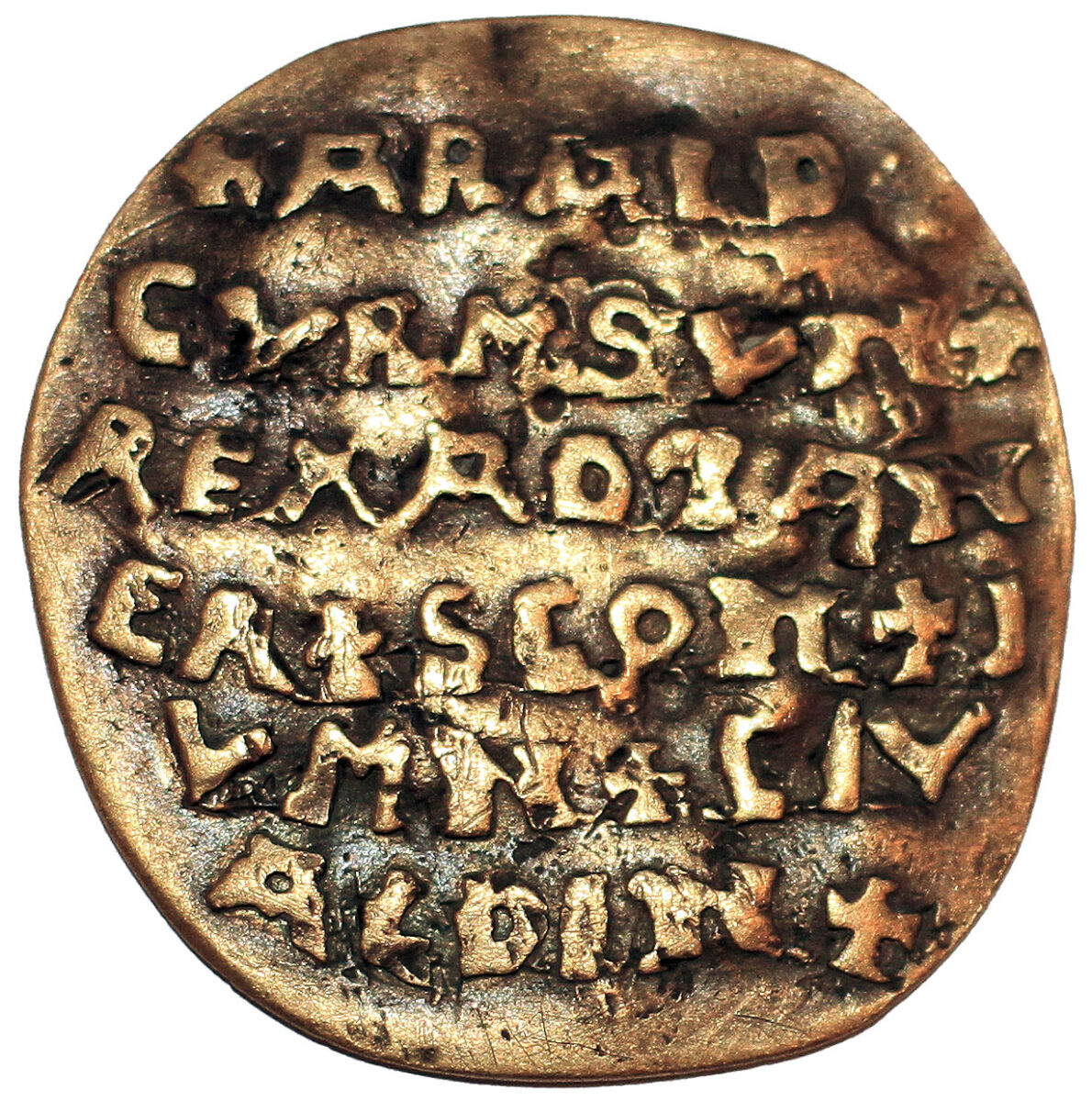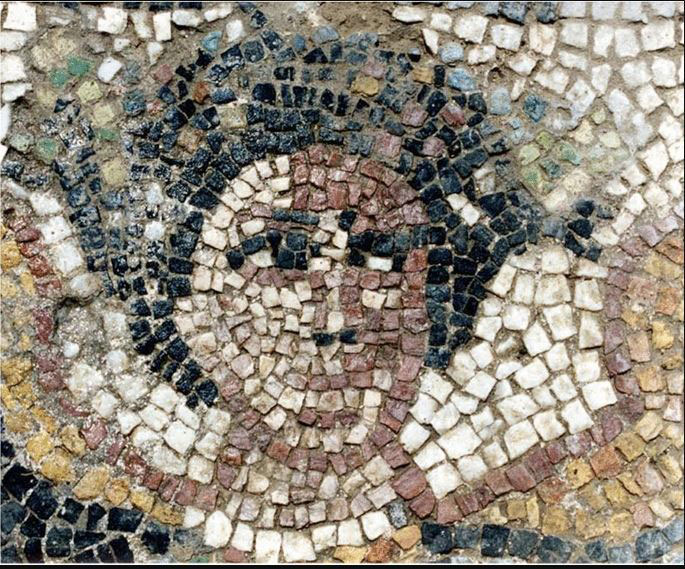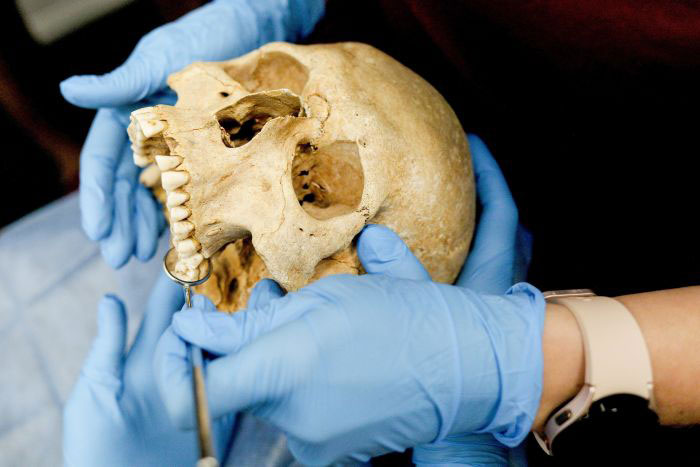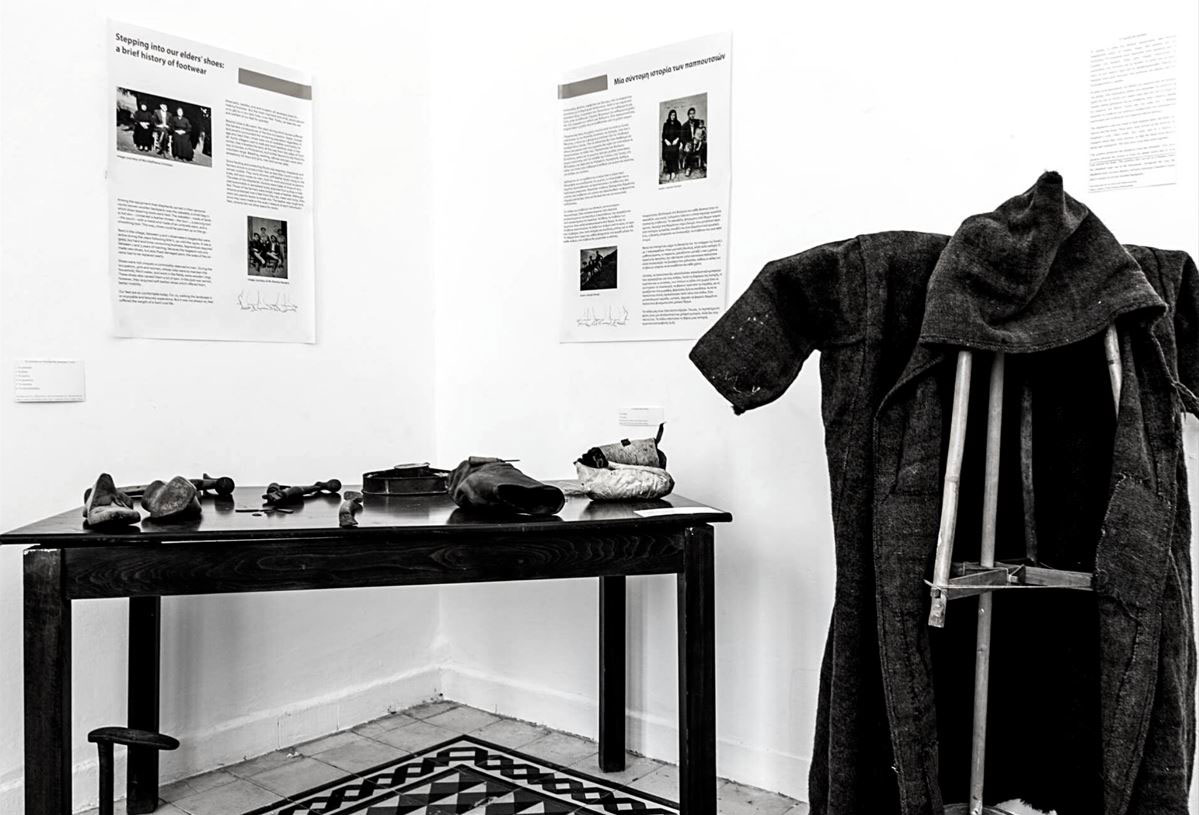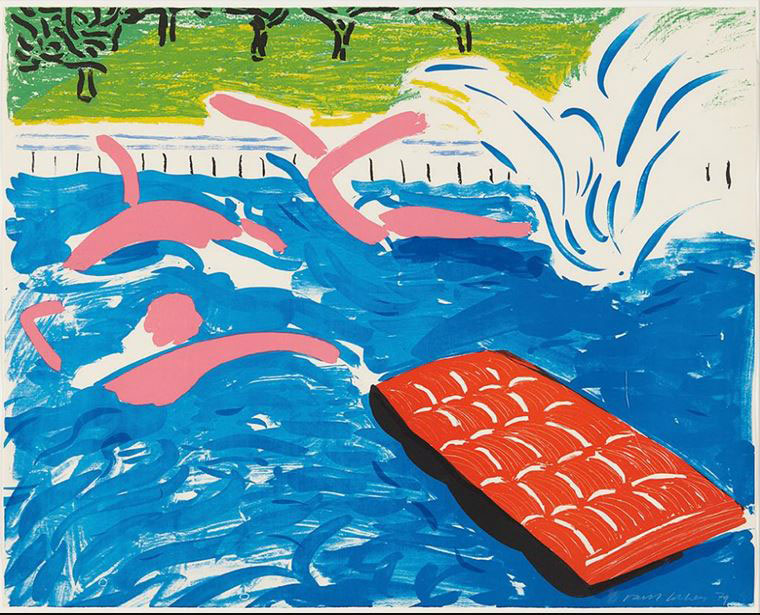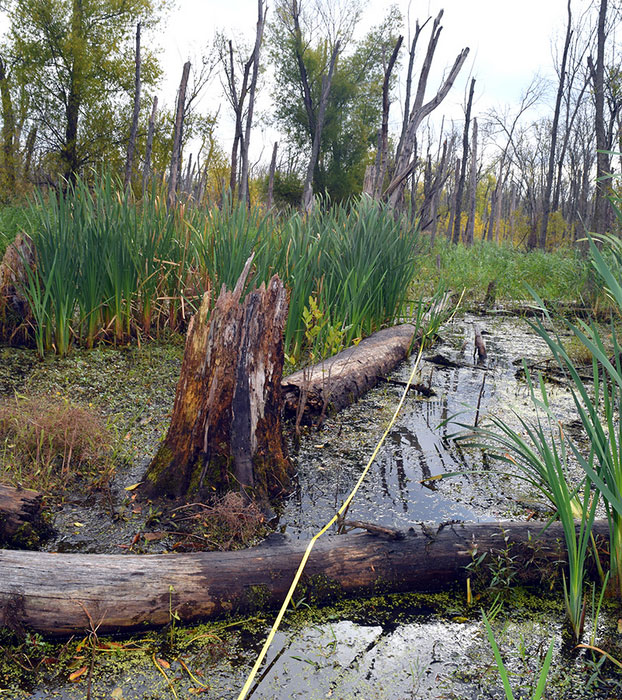One of the world’s finest medieval manuscripts digitised
The Library of Trinity College Dublin makes a 13th century masterpiece globally accessible, by fully digitising it.
Postdoctoral research assistant, Durham University
The aim of this project is to ask how and why Aristotle has made cultural appearances outside university circles in England, Scotland, Ireland and Wales.
Ancient Egyptian mummified head scanned at Maidstone Hospital
An ancient mummified Egyptian head has been examined using a computed tomography (CT) scanner at Maidstone Hospital with the aim to reveal and reconstruct the hidden history of the individual.
Octopus lures from the Marianas are the oldest in the world
A University of Guam archaeological study has determined that cowrie-shell artifacts found throughout the Marianas were lures used for hunting octopuses.
A Lord’s Prayer inscription from Amorium
This article presents an analytical study of a rare example of the text of the Lord’s Prayer inscribed on an early Byzantine ceramic plate.
Spectacular rare coin depicting the moon goddess
An exceptionally well-preserved spectacular rare bronze coin was recently recovered from the seabed off the Carmel coast at Haifa.
Prehistoric roots of ‘cold sore’ virus traced through ancient herpes DNA
Ancient genomes from the herpes virus have been uncovered and sequenced for the first time by an international team of scientists.
Beaver fur in Danish high-status Viking Age burials
Fur from six Danish high status graves dated to the Viking Age was analysed by aDNA and palaeoproteomics methods.
DNA from American horse lends credence to shipwreck folklore
An abandoned Caribbean colony and a case of mistaken identity have conspired to rewrite the history of a barrier island.
Summer School focusing on Edition Practices
Summer School “Edition Practices” 2022 on “Temporal Communities: Doing Literature in a Global Perspective” will take place on 26–30 September and 04–07 October in Berlin.
The Dan David Prize nominations
The Dan David Prize is the world’s largest history prize, annually awarding 9 prizes of $300,000 each to early and midcareer scholars and practitioners.
Continuation of works at Kasta Tomb, Amphipolis, Serres
The works of the structural restoration of the burial monument and the construction of a shelter at the Kasta Tomb are proceeding.
Ice Age human footprints discovered in Utah desert
Human footprints believed to date from the end of the last ice age have been discovered on the salt flats of the Air Force’s Utah Testing and Training Range (UTTR) by Cornell researcher Thomas Urban in forthcoming research.
The unknown acropolis of ancient Mytilene
The finds suggest the existence of an unknown public building or a monument at the site during the early Roman phase of the ancient acropolis of the city.
No proof Viking ‘Bluetooth’ king buried in Polish village
Claims that the grave of a viking king has been discovered in Poland with the help of satellite technology have been dismissed by a leading Warsaw archeologist.
New analysis of mosaics from the House of Charidemos at Halicarnassus
New analysis of nineteen tesserae from mosaics that had been excavated in Bodrum in the late 19th-early 20th c. shed light on the history of Halicarnassus at the end of the Roman period.
Medieval ‘vampire teeth’ had less decay then gnashers today
‘Vampire skulls’ from a late medieval cemetery have revealed that tooth decay was much less common in the Middle Ages than today.
Cincinnati Art Museum rediscovers a national treasure
In spring 2021, Cincinnati Art Museum’s Curator of East Asian Art, Dr. Hou-mei Sung, made a once-in-a-lifetime discovery.
Epic Heroism in Late Antiquity
The Workshop "Epic heroism in Late Antiquity" will take place on 15-16 September 2022 at the University of Lisbon.
One-year position in Classical Art and Archaeology
The deadline for applications is 31st July with interviews scheduled for 11th August.
Developing and Organising Temporary Exhibitions and Touring Strategies
Do you want to learn how to create new audiences, build partnerships and generate revenue through temporary exhibitions?
Phillips announces David Hockney
A dedicated auction of works by David Hockney to celebrate the British artist’s lifelong innovation and experimentation.
Full sun pendant Gathering light tour announced
A British Museum Spotlight Loan Gathering light: A Bronze golden sun announces the full schedule of the tour, which gives an insight into the cosmology of Bronze Age Britain.
North ‘plaza’ in Cahokia was likely inundated year-round
New paleoenvironmental analyses of the north plaza suggest it was almost always underwater.
